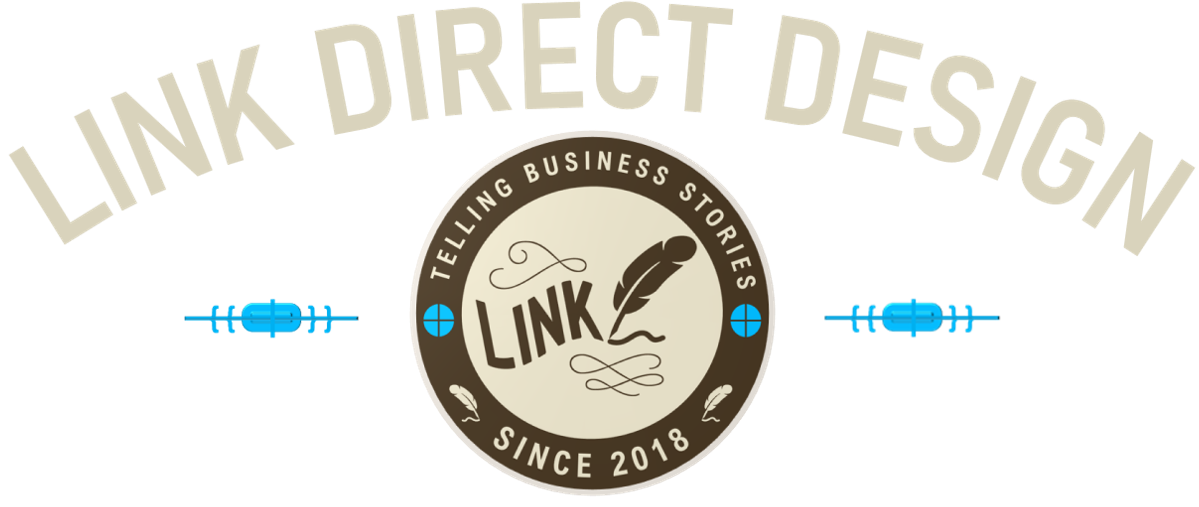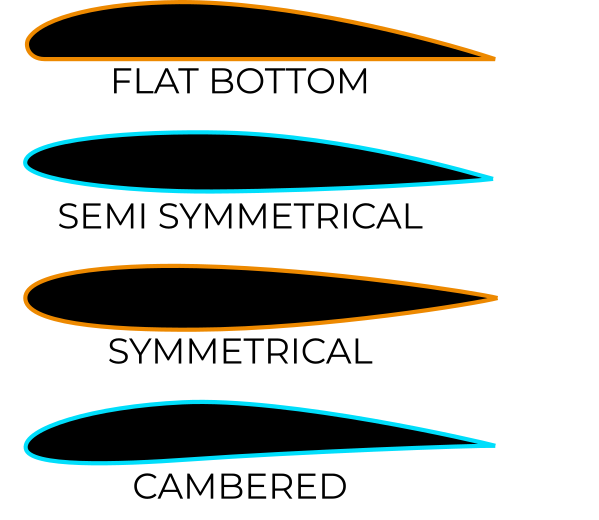How a Radio Control Plane Flies
WHAT KEEPS A PLANE IN THE AIR? Why do most planes have some similar basic parts? Will anything with a motor, propellers and a body fly?
There have been some odd full-sized planes constructed, many of which should never have been. A wild idea in the old days of pioneering flight or a government contract were all the incentive necessary to come up with “something.” And while much has been learned about aircraft design in the years since the first 12-second inaugural “flight” at Kitty Hawk, NC, made by the bicycle builders Orville and Wilbur Wright in 1903, a lot of mistakes were made along the way.
“... while much has been learned about aircraft design in the years since the first 12-second inaugural ‘flight’ at Kitty Hawk, ... a lot of mistakes were made along the way.”
From planes too heavy to fly, to any number that were underpowered and eventually deemed “worthless” after delivery to the military, to forward swept-wing (backward) designs that required 20 computer corrections per second to stay in the air, there have been a lot of test pilots, pilots and crews who paid the last full measure for designs that did not work well. Much of aerodynamic design, like much of engineering, is trial and error.
Surfaces on the plane tail, also known as the empennage.
Basic Model Plane Parts
The body of a plane is called the fuselage. The other parts are extensions from or housed within this main basic part. However, even the fuselage is not essential to flight. The flying wing, for example, has no fuselage at all. It is simply a wing with everything it needs extending from or housed within the wing itself. The wing, in that case, does double duty as a fuselage and airfoil at the same time.
The tail of the plane – also known as the empennage - is a section that includes a vertical stabilizer and horizontal stabilizer. A part of the vertical stabilizer – also known as the fin, just like the fin on a shark and with the same purpose - is the rudder that moves to allow the plane to turn right or left. A part of the horizontal stabilizer is the elevator, which allows the plane to go up (elevate) or down. As the word “stabilizer” indicates, the tail section not only helps the plane turn, but gives it the ability to fly with stability. A lack of stability results in the fuselage ending up in odd positions or spinning, neither of which are helpful to staying in the air.
Airfoil: A structure with curved surfaces designed to give the most favorable ratio of lift to drag in flight, used as the basic form of the wings, fins and horizontal stabilizer of most aircraft.
Hydrodynamica, Daniel Bernoulli’s treatise on fluid dynamics some have applied to explain how wings create lift.
The wings are airfoils that create lift. Because of its shape, the air traveling over the top of the curved wing surface has more distance to cover, moves faster and is thinned. This creates lower pressure above the wing than below where the air is the normal density. This concept was first described in relation to fluid dynamics by Daniel Bernoulli in his awesome book none of us have read, Hydrodynamica, published in Switzerland 38 years before America’s Declaration of Independence. However, since a flat wing will also fly, there is another description of what is keeping the plane in the air know as Newton’s first law of motion, 72 years before Hydrodynamica was published.
You’ve probably heard Newton’s first law simplified to, “for every action, there is an equal and opposite reaction.” In the case of aircraft flight, it means the motor and propellers drag the wings into the air. If they are tipped up slightly, the air they are pulled into will press them upward. If they begin to tip downward or the speed is slowed, gravity (another force Newton described first) takes over and the weight of the plane makes it descend.
There is a supposed two-camp argument going on between these two theories. Both are forces are actually involved, with the airfoil shape helping the plane rise more easily than relying solely on the blunt force of dragging the wing into the wind with only the efforts of the propellers. Of the two, Newton is probably doing the bulk of the work. So, more than one principle is involved, and different wing positions and shapes result in different characteristics.
Airfoil Shapes: Flat Bottomed, Semi-Symmetrical, Symmetrical, Symmetrical, Semi-Symmetrical, Cambered
Airfoil Shapes
Symmetrical
When both the top and bottom of the wing have the same curve, the wing airfoil is symmetrical. For the RC flyer, this means upside down will have roughly the same flight characteristics as right side up. Things like the canopy and tail section being above or below the fuselage will create their own characteristics.
Semi Symmetrical
The top of the wing is more curved than the bottom. The lift created by this design is greater. If the RC version of this airfoil is inverted, a more thrust will be necessary to keep the plane moving forward at a stable altitude.
Flat Bottomed
The lift is even better on this airfoil, and it is a good one for learning to fly. Turn the plane over, however, and it is going to be hard to control. Especially on high-wing planes, the weight of the fuselage and motor, combined with the curve of the top of the airfoil will make the plane want to return to right-side up. The term flat bottomed is not completely accurate, as the leading edge of the wing is slightly curved on the leading edge of the bottom side. After that, however, it is linear.
Under Cambered
In the RC world, these wings are often curved with little or no depth, and usually found on smaller aircraft. For beginners, this wing style creates maximum lift and simultaneously allows you to fly slower without stalling. Stalling is not where the engine stops, as with a “stalled” vehicle. It is where the angle of attack of the wing – how far up the leading edge goes into the wind - increases to a point where lift is disturbed on the trailing edge of the wing. This eventually causes the nose of the plane to pitch down. There is another way stalling occurs, and why full-size aircraft have published stall speeds.
The speed stalling circumstance happens when the plane flies slower, generally with the intention to land. You may have heard of a landing described as a “controlled stall.” Forward thrust is decreased to a point where the wing is not creating the necessary lift to stay at altitude – in other words, in the air. Under cambered wings create maximum lift by not only making low pressure on top of the wing but creating higher pressure underneath where the trailing edge deflects more air due to its curve. This effect is also why the wing has more drag and under cambered designs generally have slower maximum speeds.
The choice of a flat bottomed or under cambered wing is best for easier learning. You need lift working for you as you hone your skills.






